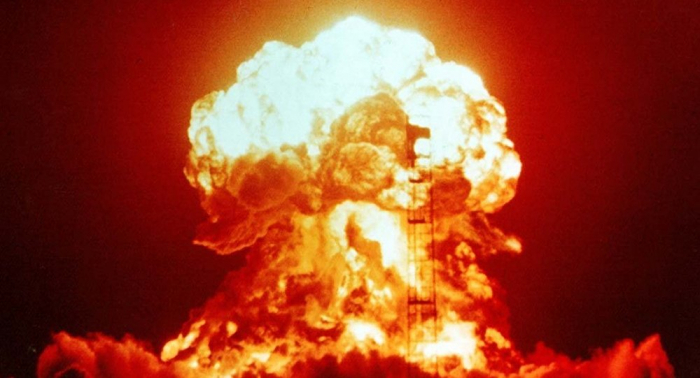According to a new study, published in the journal Geophysical Research Letters, evidence of radioactive carbon from nuclear bomb tests in the 1950s and 1960s has been found in the muscle tissues of crustaceans that inhabit the depths of the ocean, including the Mariana Trench.
The results show that pollution can quickly get into the food web and make its way into the deep ocean. Although the oceanic circulation normally takes hundreds of years to bring water containing carbon to the deepest reaches of the ocean, the food chain reaches it much faster.
According to the report, there is a lot of interaction between the surface and the bottom, in terms of biological systems. Surprisingly, the researchers found that the level of carbon-14 in amphipod muscle tissue was much higher than the level of carbon-14 in organic matter found in deep ocean water.
They then analysed the amphipod intestinal contents and found that these levels correspond to estimated carbon-14 levels from samples of organic material taken from the surface of the Pacific Ocean.
"Although the oceanic circulation takes hundreds of years to bring water containing bomb carbon to the deepest trench, the food chain achieves this much faster," lead author Dr. Ning Wang, a geochemist at the Chinese Academy of Sciences said, as quoted by the Independent.
Wang says that what is really new here is not only the notion that carbon from the surface of the ocean can reach its depths in a relatively short period time, but also that carbon produced in the surface ocean feeds or supports life in the deepest depressions.
More about: Radioactive nuclear-tests
















































